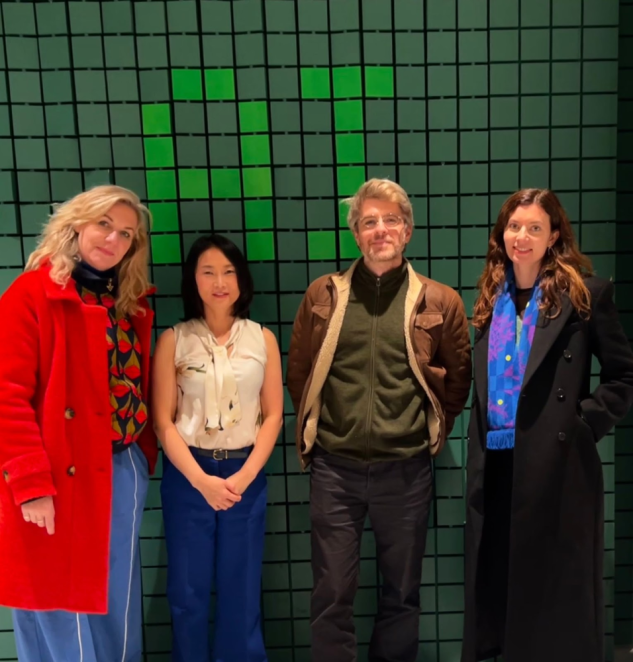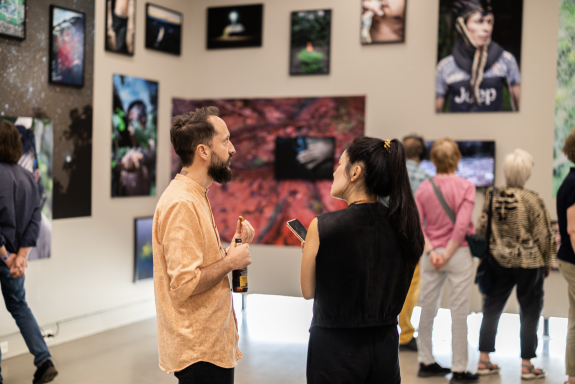The human cost (and resistance) of the platform economy
Essay by Roosje Klap

In the mist of a winter morning, Martine watched a flock of birds dissolve into pixels, their shapes glitching as if slipping beyond the frame of reality. The uncanny valley didn’t announce itself in a headset or VR goggles but here, on the damp edge of the everyday.
She thought, perhaps, she had stepped into the algorithm’s dream—a reality broken into data points, a hyperreal projection. Was this her reality shifting? Jean Baudrillard once described this as the moment when the map overtakes the territory, when the simulation displaces the real so completely that neither remains. His Simulacra and Simulation warned of a world swallowed by its representations. (1) Now, with all the DALL-E’s or MidJourneys accessible to everyone, the warning feels prophetic. These systems don’t represent reality—they fabricate plausible lies, reassembling fragments of training data into a seductive fictional game engine, that don’t mimic life; they become it. Each frame simulates a world, governed by its internal rules yet eerily familiar, reflecting back our own logic and desires. The dissolving birds in the mist uncannily depict that the algorithm doesn’t just watch us; it watches for us, rewriting a distorted perception itself.

Artist and researcher Martine Stig’s (NL, 1972) practice probes these entanglements, straddling the physical and digital, the archival and the speculative. Her collaborative project Wealgo (2020) layers an algorithmic ‘digital ball masqué’: bright dots, colorful lines, and coded distortions mapped onto human faces. These marks—legible to machines, cryptic to us—create a dual image. What the machine sees and what we see are not just different; they conflict. What does this say about photography? Once a medium of memory and truth, it now serves as bait for data extraction. Stig’s critique is sharp: photographs are no longer proofs of presence but engines of predictive power. Her experiments with ultraviolet and infrared photography and film in her series Art for Machines: they reveal spectral images in which the body becomes ghostly, reduced to what sensors can register—light wavelengths invisible to the human eye. The result is unsettling: a body as the machine perceives it, spectral and otherworldly, standing at the edge of visibility and erasure.


